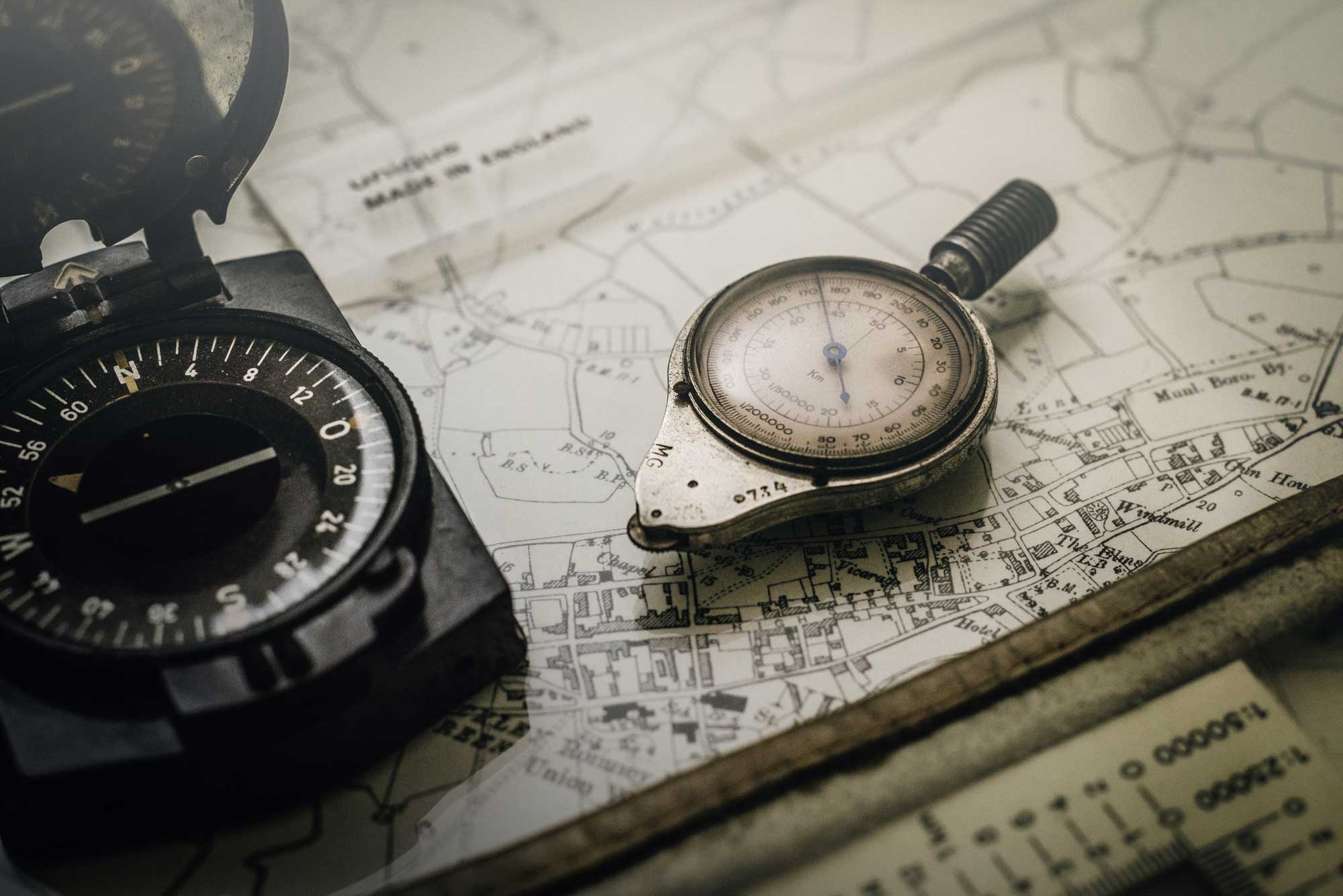A CNC machine is a finely crafted tool that needs correct alignment to function at its best. When a machine is not properly calibrated, the end product may have deformities, or the dimensions may be wrong. Even worse, a machine that is perpetually run out of alignment will have a shorter lifespan.
This is especially relevant if you’ve experienced a crash. After a machine crashes, you can expect four common problems:
- Rotary home positions may be lost.
- The bridge position on the columns may shift.
- The Z position on the bearings may shift.
- Rails may be pushed out of alignment.
To have confidence in your end product, calibration is key. Diversified Machine Systems (DMS) has a team of experts that routinely goes on-site to calibrate our machines throughout the nation—but we’d rather train you to become the expert instead. With the proper training, you’ll know how to “look under the hood” of your machine and calibrate it with confidence.
In this blog, we’ll walk you through all five axis alignments for a highly functioning machine. We’ll help you master the elements of linear squaring, which will incorporate all three primary relationships of perpendicularity—XY, XZ, and YZ.
As you get started, we recommend several tools. A machinist’s level, sweep indicator, sweep arm, plunge indicator, mag base, tooling ball, and dowel pin are all useful to have on hand. DMS is happy to provide any of these tools to you at a fair price.
Squaring a machine involves an exact order of operations. Steps one through five must be completed in their given order; otherwise, you risk negating a previous step.
1. Level the base
Before you begin to work on your machine, you’ll want to establish a level base. The consequences of a non-level platform are manifold: rails, bearing blocks, and base weldments will all suffer excessive stress. Repeatability becomes impossible, and you may require replacement parts.
To level your base, use a three-plane laser or machinist’s level on the bridge rails and base rails at multiple fixed points to make sure the machine is aligned. In doing so, you create a level plane along the linear rails that are attached to the base of the machine. Although it is not necessary, we recommend that the plane should be earth-level for ease of use.
2. Square the bridge (X-to-Y)
Once you have a level base, the bridge needs to be square. This will involve creating a perpendicular axis between X and Y, where X is the bridge transverse travel and Y is the moving table or moving gantry. You will shift the fixed X axis in relation to Y.
To adjust the bridge, start with the six mounting bolts. Keep the lower right bolt tight as a pivot point and remove the upper left bolt completely. Then loosen the remaining four bolts. Using a mag base and a dial indicator, you can then check the alignment of the bridge. Attach the mag base to the spindle or the spindle yoke, and then move it to one side of your table and zero out the indicator. From there, move across the front of the table and watch for a linear deviation. If such a deviation exists, you can assume that the bridge is not square. Using the indicator, you can re-align the bridge and then replace the six bolts.
3. Square the backbone front-to-back (Z-to-Y)
Next, you will square the backbone front-to-back. It may be tempting to shim the backbone to the Z rails, but that would not square any problems. Instead, shim the whole backbone carriage between the bridge rails. You can use a laser or granite blocks for this step. Align the granite to the Y plane and then indicate off of the 90-degree granite edge. Make shim adjustments as necessary to make the Z axis perpendicular to the Y.
4. Square the backbone side-to-side (Z-to-X)
You will now square the backbone side-to-side, where Z is perpendicular to the bridge. Repeat the previous step, indicating off of the side instead of the base. Shift the backbone by leaving one of 16 bolts tight as a pivot point. Place an adjustment wedge on the right or left side, creating a wedge between the backbone and the top of the running block. Using the indicator, adjust until the Z-to-X is square.
5. 4th and 5th alignment
The fourth and fifth alignment are the most complex. On a DMS machine, the fourth axis is the C axis, which rotates around Z. The fifth is the spindle rotation, which can be an A axis (which rotates around X) or a B axis (which rotates around Y). Because these alignments are more complex, we recommend watching a tutorial with visuals here. The fourth and fifth alignment begins at roughly 20:00, but feel free to watch the entire video for a complete overview of all five steps.
In the event of a crash, the Z rails are more likely than the bridge rails to bend out of alignment. They are also the most challenging to straighten again. If your Z rails are out of alignment, we invite you to call a DMS expert to come align it for you.
To straighten a bridge rail, pull off a bearing and attach the mag base and plunge indicator. Zero the indicator and then begin to move it along the rail. Mark every place where the indicator reveals that the rail is out of square, and then loosen all the bolts in that window. One-by-one, push or pull on the rail using a pry bar and zero out your indicator, re-tightening each bolt as you straighten the rail. Continue systematically along the entire rail until it is square.
With these five steps of calibration, you can find and fix most calibration problems with a few tools and some newfound expertise. And of course, DMS is always happy to help by providing further instruction or by sending a specialist to assist you onsite.
If you have any questions about calibrating your DMS machine, please give us a call at 855-266-5063 or email us at customerservice@dmscncrouters.com.


